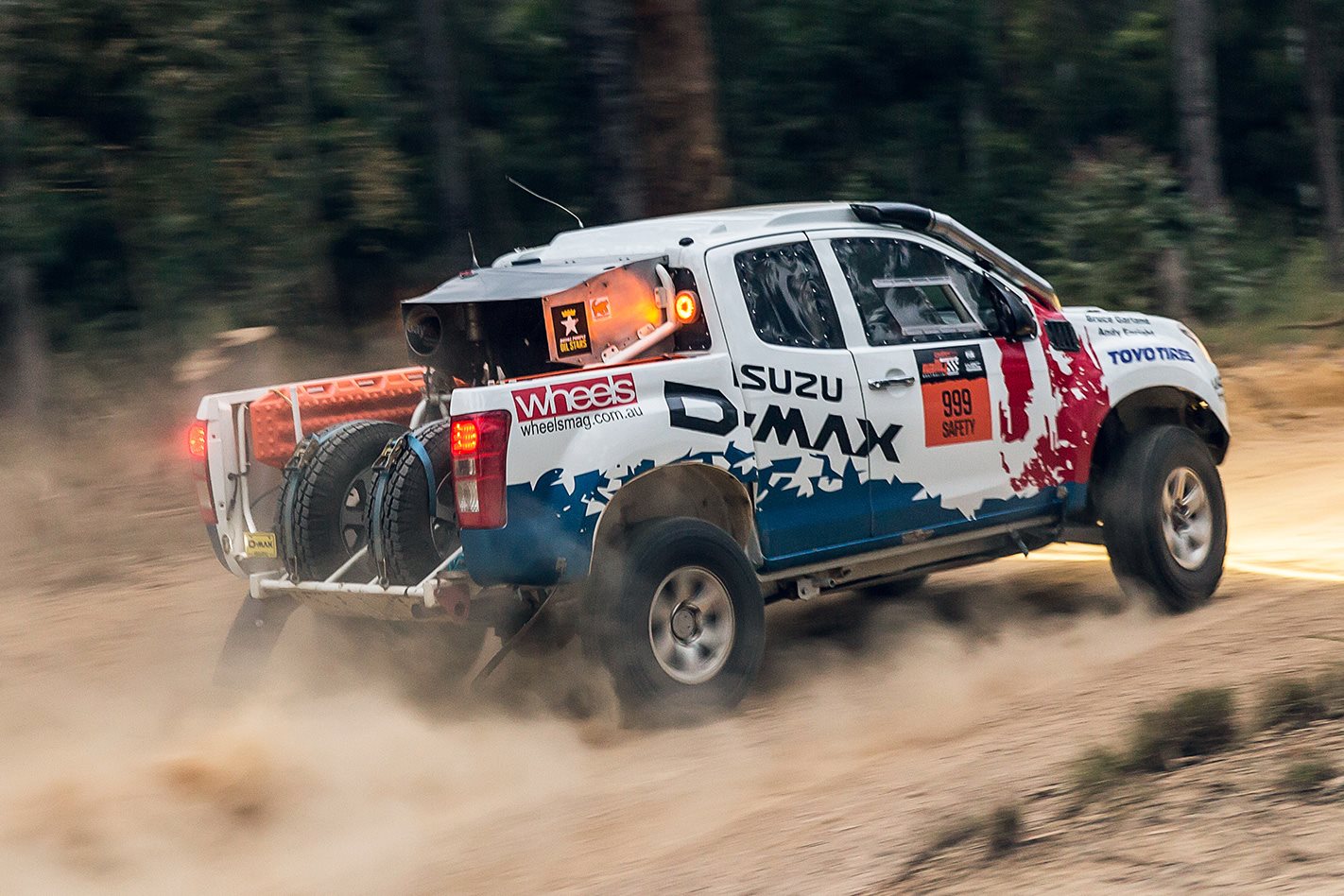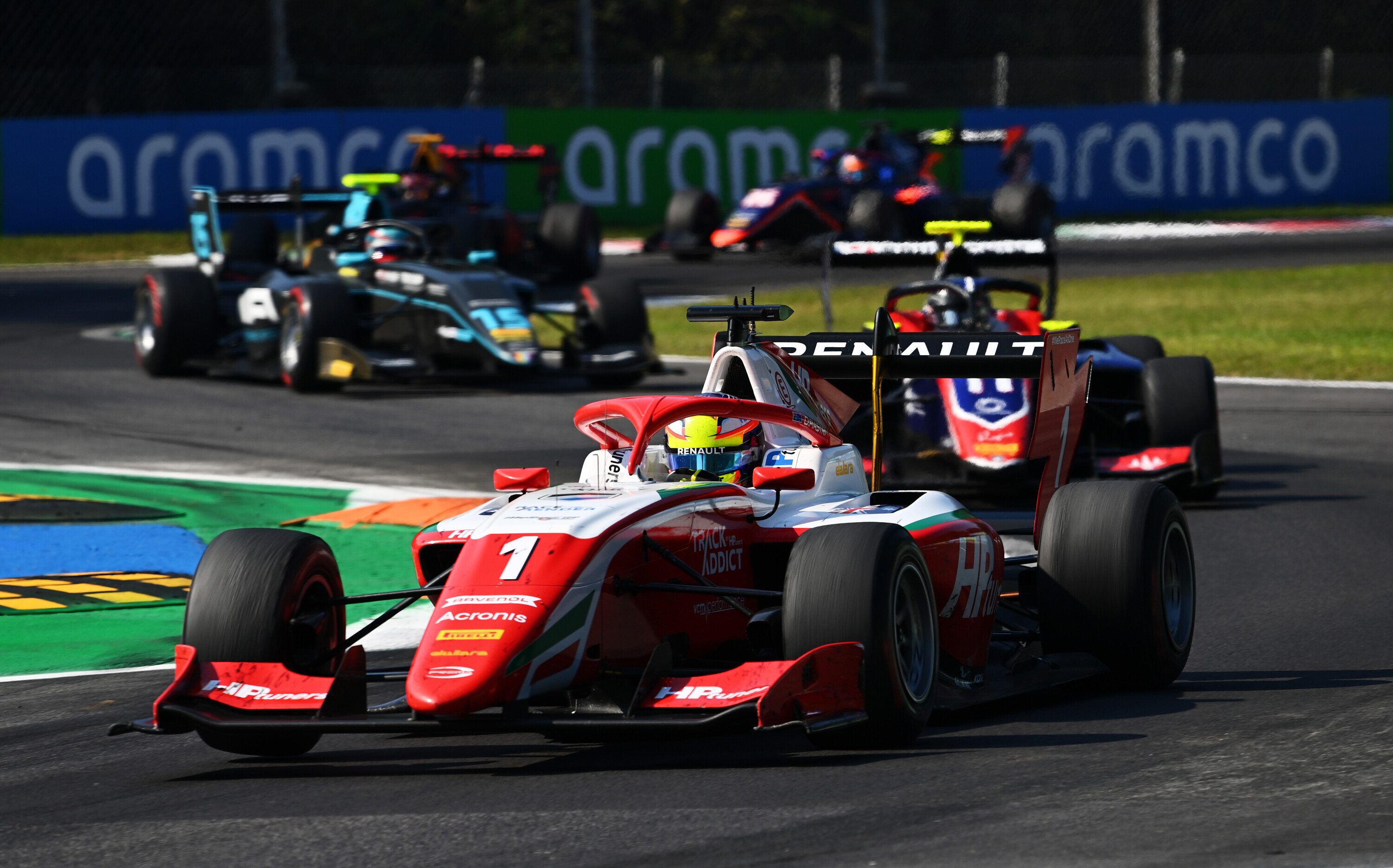Jump on board with rally ace Bruce Garland in Car Zero Bravo as Wheels helps him sweep the spine-crushing Coffs Harbour leg of the WRC Rally Australia.
BRUCE GARLAND is enjoying his second life. His first ‘ended’ when he slammed his Isuzu ute off a 10-metre dune in Chile during the 2011 Dakar Rally, which saw him break his back and suffer a heart attack at the wheel. Months of recuperation only resulted in another heart attack and a quintuple bypass operation.
“At first, I didn’t think I was getting out of the hospital,” he grins. “Then I realised that they might just fix me up, so when they had to take a vein out of one of my legs to bypass part of my heart, I told them to take it out of my left leg because I need the right for driving.”

We’re at the service park of the Coates Hire Rally Australia in Coffs Harbour. I’d pencilled in an hour of awestruck gaping at the service crews interspersed with stalking some of the WRC drivers. It’s an incredible set-up. Aside from the vast budgets of Volkswagen, Hyundai and Citroen, there’s Malcolm Wilson’s M-Sport team with their angry-sounding Ford Fiestas. Lorenzo Bertelli, heir to the billion-dollar Prada fashion house, is also piloting a Fiesta, his Fuckmatie (yes, really) team predictably well-funded, well turned out and devoid of discernible driving talent.
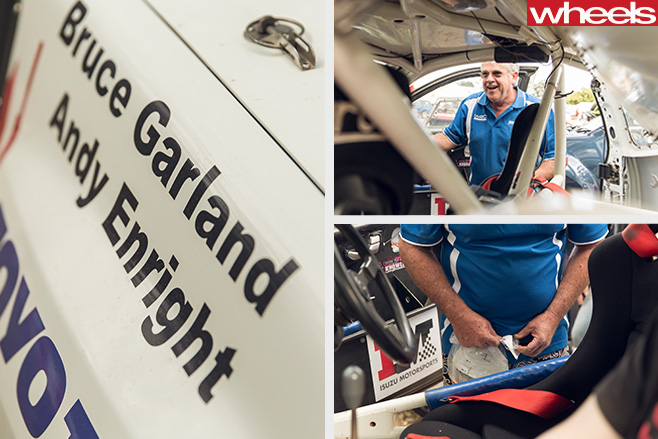
The course notebook for the Newry Long stage contains an indecipherable slew of hieroglyphics. Calling out “Turn left past the NutriBullet and exercise caution over this thing that looks like Darth Vader’s cock” is clearly not going to cut it.
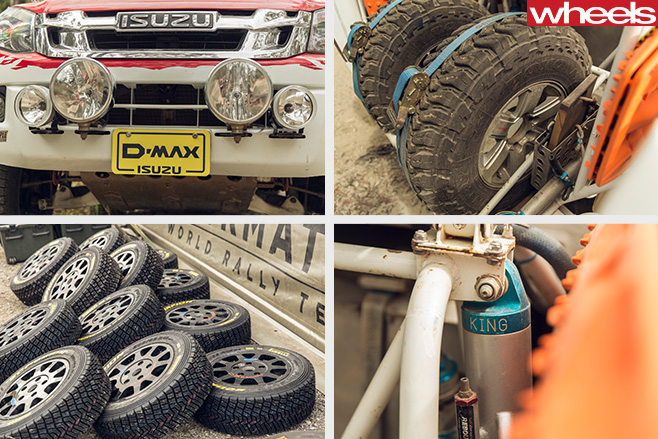
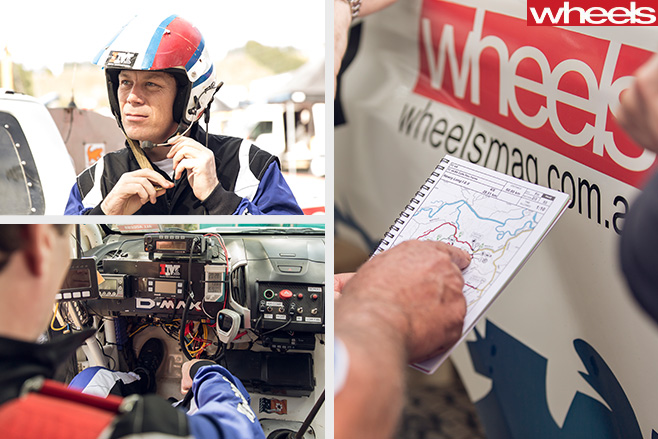
“Ready?” yells Garland over the yammering diesel of the 700Nm D-MAX. I start asking a question about the RallySafe computer that monitors our progress and signals any vehicles in distress but it’s too late. The throttle is pinned, the ute rockets down the track and I attempt to get the pace notes the right way up. We’re using a simplified ‘tulip diagram’ system that marks the major hazards rather than every corner, and for the first four kilometres it all looks pretty straightforward, so I sit there and try to appear nonchalant.
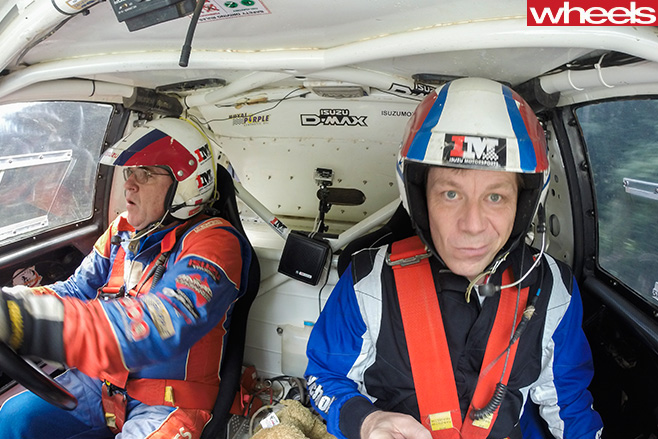
I start giving instructions, reasoning that burying my head in the notes is preferable to watching this thing launching off another ramp. The computer flashes up a warning when we exceed 130km/h. I keep seeing it flickering out of the corner of my eye. Almost before it’s begun, the first stage is finished. I’m completely juiced, eyes gritty, heart hammering. “You did really well,” beams Garland. “At first I thought you’d lost it and gone silent but that was really good. About two-thirds of people who try this for the first time at rally school just give up on the first attempt.”
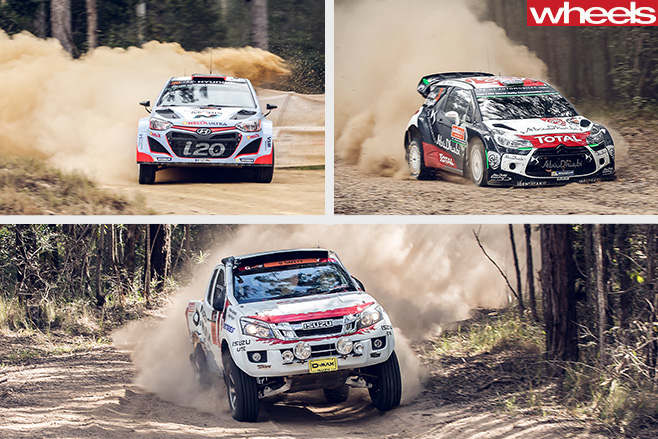
After yesterday’s baptism of fire, I feel a little more confident with the notes on the faster Nambucca stage, despite the fact that most of the indigenous wildlife seems determined to get better acquainted with our tread footprint. Blasting up one section, there’s a carpet python draped across the road. We skip by it and further up the track two goannas scramble for cover as the D-MAX crests a rise. The rally tries to be a good neighbour to the Coffs Coast locals, so obliterating the local fauna isn’t the done thing.

“It’s rare that you’ll push it to 100 percent in the Dakar,” he yells over the intercom. “Most of the time we’re going at this sort of pace to help preserve the vehicle. We’ll push it if we absolutely need to make up a few seconds, but the risk ramps up enormously in relation to the reward. So you have to know when you can go fast and when you need to back it off.”
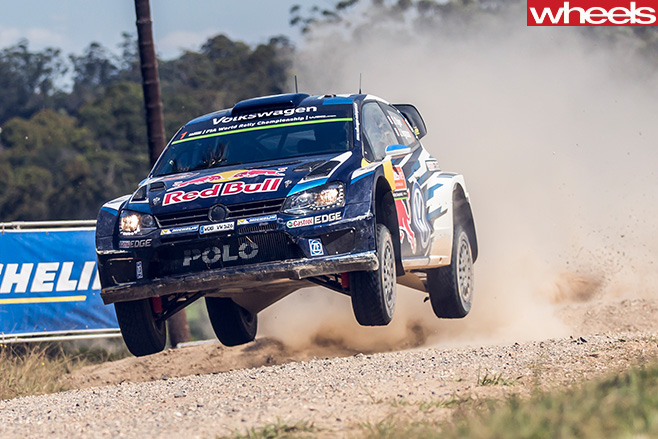
Two stages down, one to go. We’re leading the cars out at the second running of Valla. This stage is a beauty; open, flowing and with no spine-crushing jumps. The apprehension has gone and I can concentrate on doing a good job calling the notes, sneaking the odd glance at Garland’s footwork and hanging on as we showboat sideways past spectators dangling cameras on selfie sticks in front of the Isuzu. You notice the faces of people in the crowd, the dust masks, the flags, the wide-eyed whooping, out in the midday sun, the falling-over-drunk fervour. And then it’s over.
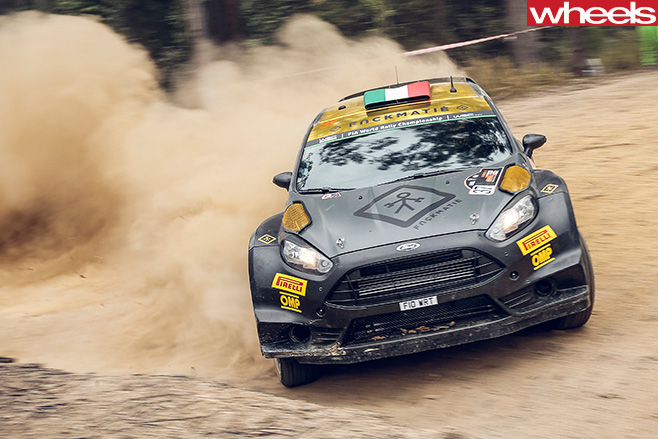
Looking after number ones
GARLAND has a novel technique for gearbox cooling. “You can’t stop to piss on the Dakar, so I stick this to my old man,” he laughs, showing me a plastic hose attachment. It’s a Uridome, a clear plastic hose and sheath to help wheelchair-bound incontinents. “I tried everything – nappies, pads and even just pissing on the seat, but the service crew weren’t much into that. With this, the tube comes out of my pocket, then down through a hose on the floor onto the gearbox casing. I’ve fitted a quick release to it so I don’t rip my pecker off if I have to get out in a hurry.”
Crashin’ the box
THE RallySafe computer is a box of tricks that includes accelerometers, a radio transceiver, GPS, GSM and satellite communications capabilities. It combines all of this to transmit warnings and vehicle status data from unit to unit and to Race Control. There’s a ‘push to pass’ function that alerts a car in front that you need to get by, and a warning function that alerts the rest of the field if you come to a halt. Hit something hard enough and it’ll automatically transmit an SOS message. The unit was developed following a multi-car accident at the 2010 Targa Tasmania and is mandatory for all ARC competitors.
Tested to destruction
Garland’s truck – built to FIA T1 rules – looks vastly different to the D-MAX you’d buy in dealers, but there’s a lot of commonality under the skin. The engine is basically the same, albeit fitted with a bigger turbo and trick exhaust to develop 220kW at 3200rpm and 700Nm (up from 130kW and 380Nm). The gearbox is a Holinger six-speed sequential, there are King rear shocks and the centre diff has been upgraded. Steering, ball-joints, driveshafts, front arms, fuel injection, alternator and valve gear are all standard showroom fare. Think of it as Isuzu’s rolling D-MAX durability test bed.


